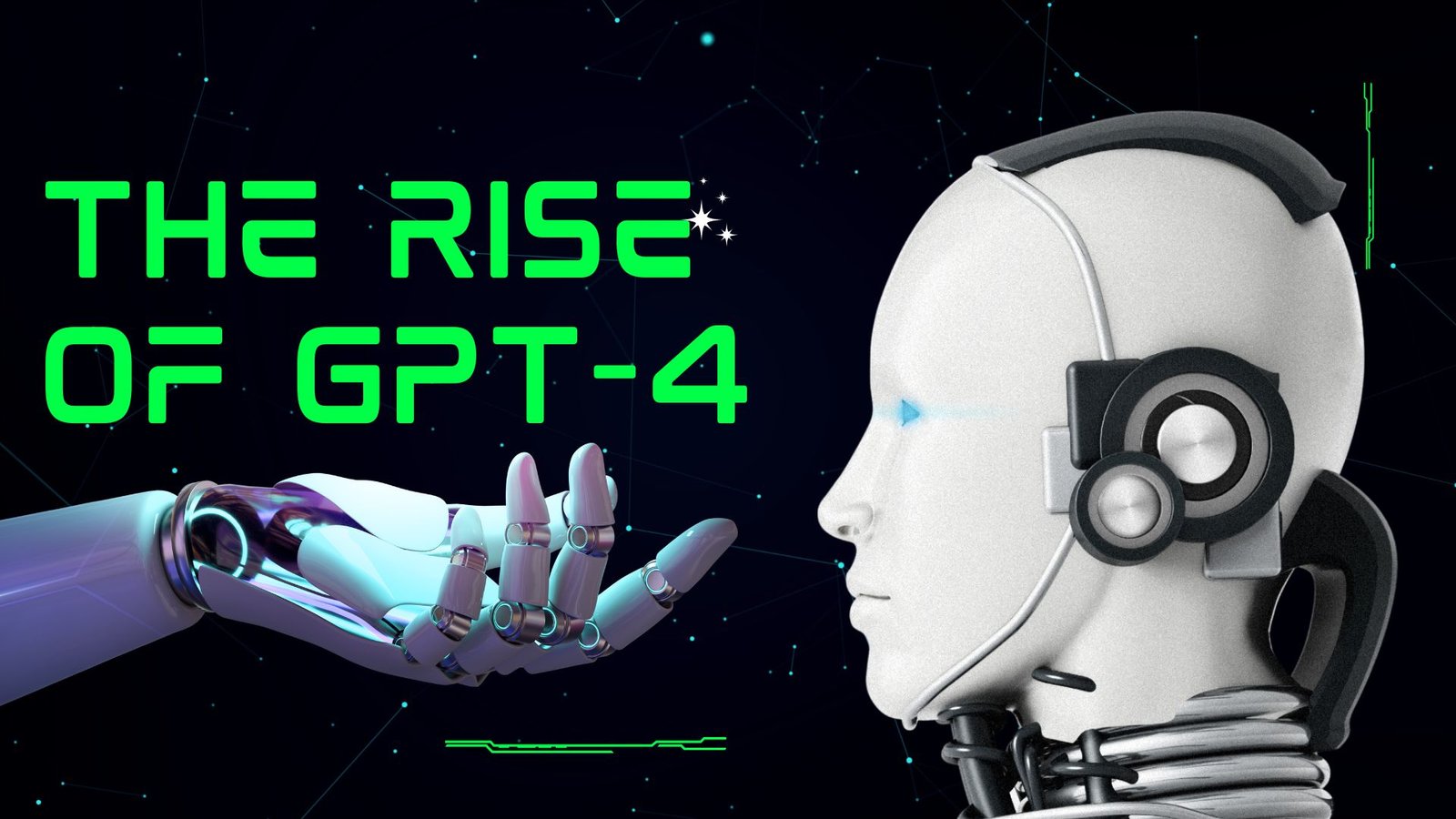ChatGPT-4 launched: What is new, different, limitations, and more
According to the company, “ChatGPT-4 is a large multimodal model (accepting image and text inputs, emitting text outputs) that, while less capable than humans in many real-world scenarios, exhibits human-level performance on various professional and academic benchmarks.”
As per OpenAI, “In a casual conversation, the distinction between GPT-3.5 and GPT-4 can be subtle. The difference comes out when the complexity of the task reaches a sufficient threshold—GPT-4 is more reliable, creative, and able to handle much more nuanced instructions than GPT-3.5.” For those unaware, ChatGPT 3.5 is ChatGPT 4’s predecessor. GPT-4 can generate text and accept image and text inputs, an improvement over ChatGPT-3.5, which only accepts text.
ChatGPT-4 can accept a prompt of text and images, which similar to the text-only setting allows the user specify any vision or language task. However, for now, it gives output in text only (natural language, code, etc.) given inputs consisting of interspersed text and images.
Google search rival Bing running on ChatGPT-4
Microsoft also announced that Bing Chat, its chatbot tech co-developed with OpenAI, is running on GPT-4. “Congratulations to our partners at Open AI for their release of GPT-4 today. We are happy to confirm that the new Bing is running on GPT-4, which we’ve customized for search. If you’ve used the new Bing preview at any time in the last five weeks, you’ve already experienced an early version of this powerful model. As OpenAI makes updates to GPT-4 and beyond, Bing benefits from those improvements. Along with our own updates based on community feedback, you can be assured that you have the most comprehensive copilot features available.”
ChatGPT-4 availability
GPT-4 is available starting March 14 to OpenAI’s paying users via ChatGPT Plus (with a usage cap), while developers can sign up on a waitlist to access the API. “We will adjust the exact usage cap depending on demand and system performance in practice, but we expect to be severely capacity constrained (though we will scale up and optimize over upcoming months),” said the company. And for API, the company said, “We will start inviting some developers today, and scale up gradually to balance capacity with demand.”
